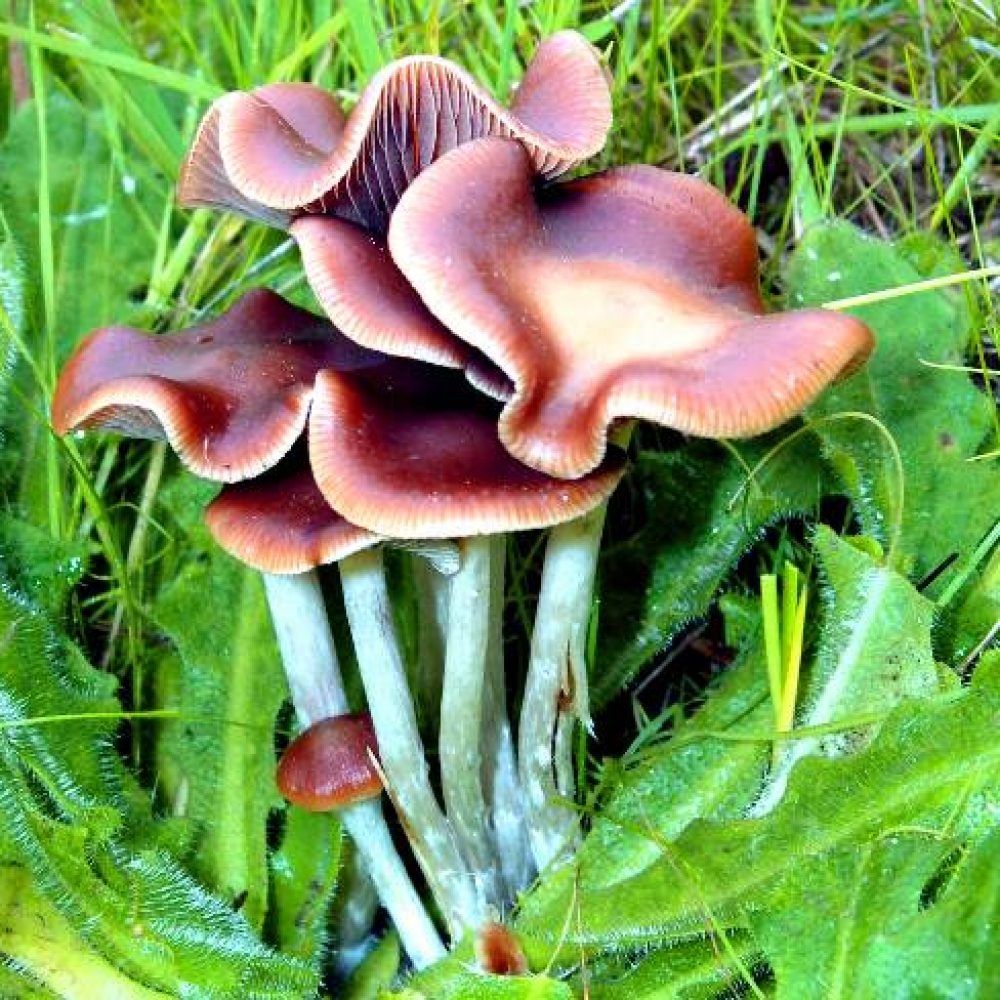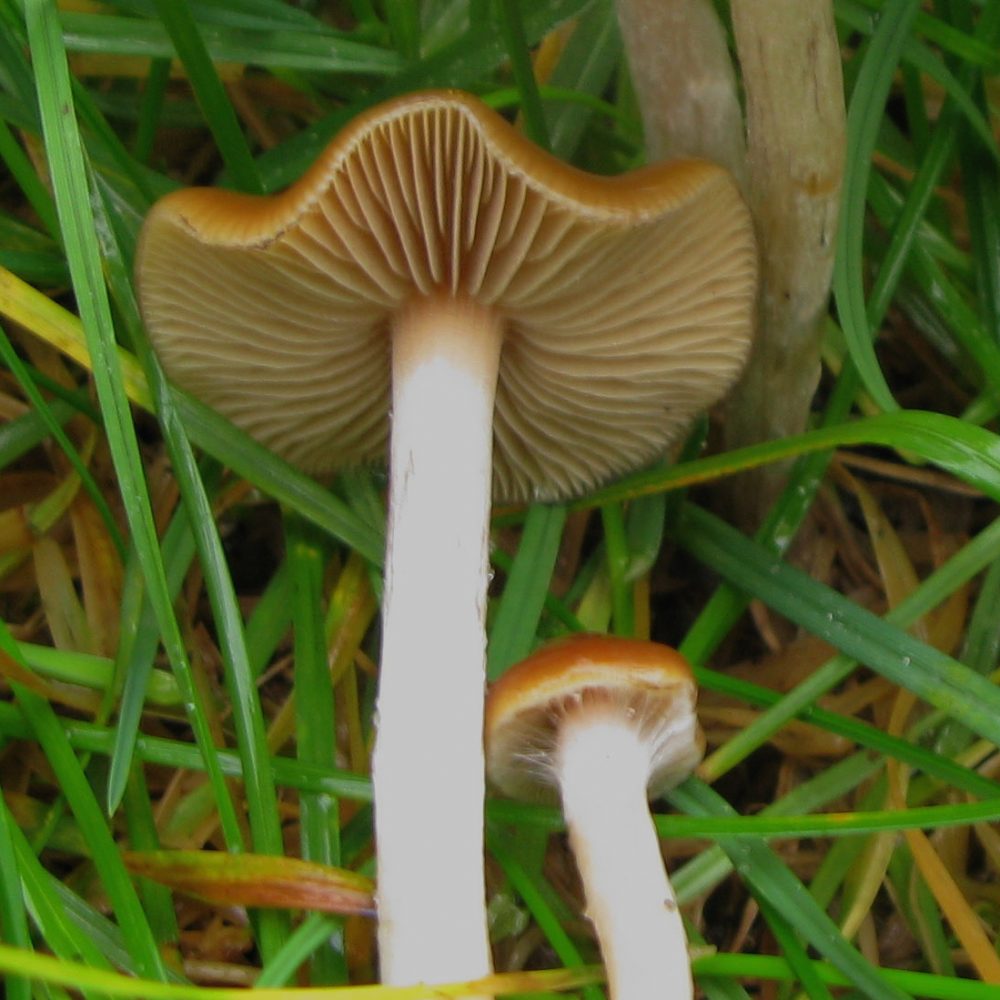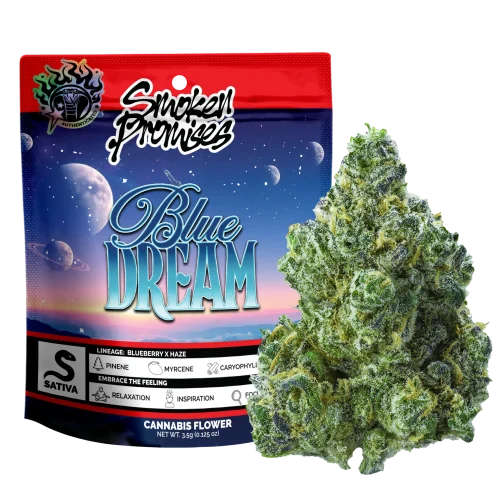What are wavy caps? Well, they are a species of psilocybin mushrooms. To better understand them, let’s go over some basics.
A strain describes a sub-category of a species. There are dozens of species of psilocybin mushrooms (within the genus Psilocybe), and hundreds of strains within the species. Not only that, but there are dozens more species of mushrooms in different genera that have entheogenic components. What does entheogenic mean? Entheogens and psychedelics are two words that describe the same thing: hallucinogens. Carl Ruck introduced the term as a less disparaging alternative. Also, several sources describe certain species as “potent mushrooms”. It’s not necessarily a sub category or some technical classification. There are potent mushrooms, and less-potent mushrooms. Now that you know all this, reading the following will make a lot more sense.
Psilocybe cyanescens, often referred to as “wavy caps,” is a potent species of psychedelic mushrooms. They are known for their distinctive appearance, effects, and habitat preferences. With the basics out of the way, here’s a look into their taxonomy, characteristics, effects, habitat, cultivation, and cultural significance.

Credit to First Nature
Wavy Caps Taxonomy and Characteristics
Genus and Family: Psilocybe cyanescens belongs to the genus Psilocybe within the family Hymenogastraceae. It’s characterized by its unique appearance and psychoactive properties attributed to psilocybin and psilocin.
Distinct Features: Wavy caps have a wavy, caramel to chestnut-brown cap. They often have a slimy or viscous texture, especially when moist. The cap typically ranges from 1.5 to 5 centimeters in diameter, and the gills underneath are dark purple-brown, turning blue when bruised or handled.
Wavy Caps Natural Habitat and Distribution
Preferred Habitat: Psilocybe cyanescens thrives in woodland areas, especially on wood chips, decaying mulch, or compost. They are often found near the base of trees, gardens, or parks.
Geographical Distribution: Native to regions like the Pacific Northwest of the United States and parts of Europe, Psilocybe cyanescens can also be found in other temperate regions worldwide.
Wavy Caps Psychoactive Compounds and Effects
Psychoactive Compounds: Psilocybe cyanescens contains psilocybin and psilocin, similar to other psychedelic mushrooms. These compounds interact with serotonin receptors in the brain, resulting in altered perception, mood elevation, and visual distortions.
Potency and Effects: Known for its potency, Psilocybe cyanescens can induce intense visual hallucinations, deep introspection, emotional sensitivity, and a profound sense of interconnectedness with nature.
Wavy Caps Cultivation and Growing Methods
Substrate: Cultivating Psilocybe cyanescens often involves using a substrate rich in lignin, such as wood chips, sawdust, or outdoor garden beds with decaying organic matter.
Growing Conditions: Outdoor cultivation is preferred due to its natural habitat preferences. It requires specific temperature ranges (4-24 degrees Celsius) and high humidity for successful growth.
Safety Considerations and Legal Status
Identification and Safety: Accurate identification of Psilocybe cyanescens is crucial to avoid confusion with toxic mushrooms. Seek guidance from experienced foragers or mycologists for safe identification.
Legal Status: Psilocybe cyanescens, like other psychedelic mushrooms, is classified as an illegal substance in many jurisdictions due to its psychoactive properties and potential for recreational use.
Wavy Caps Cultural and Therapeutic Significance
Cultural Use: While not as historically documented in cultural practices as some other species, Psilocybe cyanescens has gained popularity in contemporary psychedelic experiences and spiritual practices.
Therapeutic Potential: Researchers are accordingly exploring the therapeutic potential of Psilocybe cyanescens and other psychedelic mushrooms for mental health conditions, addiction treatment, and consciousness exploration, leading to ongoing studies.
All in all, Psilocybe cyanescens, with its potent psychoactive properties, distinct appearance, and woodland habitat preferences, remains a notable species within the realm of psychedelic mushrooms. Understanding its taxonomy, effects, habitat, and cultural significance contributes to a comprehensive exploration of this intriguing species.

Credit to University British Colombia
Disclaimer:
The information provided in this guide is for educational purposes only and does not promote or encourage the use of illegal substances. Psilocybe cyanescens and other psychedelic mushrooms may be illegal in many jurisdictions, and individuals should be aware of and comply with local laws and regulations.
Follow Respect My Region for credible, accurate and actually helpful psilocybin knowledge.








